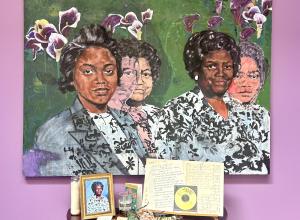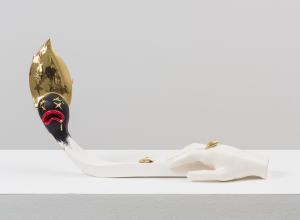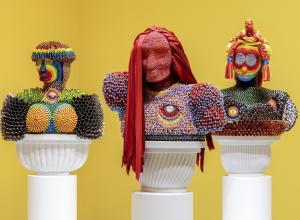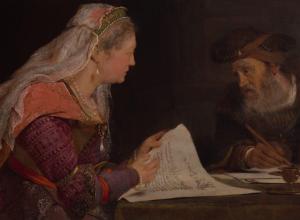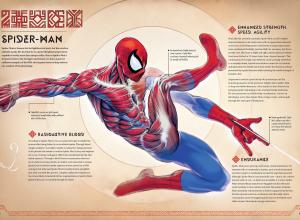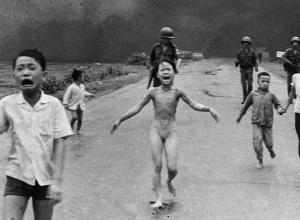Too big to travel, you won’t see any public works at the new show, Eduardo Chillida: Convergence, the largest North American survey of his work in 40 years, at the San Diego Museum of Art through February 8th.
The closest you’ll get to a public work is a virtual reality experience of the artist’s signature piece, “Comb of the Wind XV”, installed along a rocky coastline in San Sebastian in 1977. It’s a series of three iron sculptures resembling forks modeled after the layak, a traditional agrarian tool commonly used in Basque country.
“In his early work, he was finding different farm and agrarian implements and reworking them,” notes curator Rachel Jans. Iron was a cheap, readily available material for a young artist working with limited resources. “So, he’s connecting to the tradition of agriculture and the land itself– the scope of the wind, the idea of metal implements reaching into the air. But before that, he was working with tools that worked the earth. Being open to all parts of the environment, the earth and sky, was important.”
The son of Pedro Chillida and Carmen Juantegui, a soldier and a soprano, Eduardo was raised in a musical household. One of his works is a portfolio dedicated to his favorite composer, Johann Sebastian Bach, whose variations became a mainstay of Chillida’s aesthetic thought.


![DEl Kathryn Barton [Australian b. 1972] the more than human love , 2025 Acrylic on French linen 78 3/4 x 137 3/4 inches 200 x 350 cm Framed dimensions: 79 7/8 x 139 inches 203 x 353 cm](/sites/default/files/styles/category_card_187x139/public/ab15211bartonthe-more-human-lovelg.jpg?itok=LJbNuU6F)

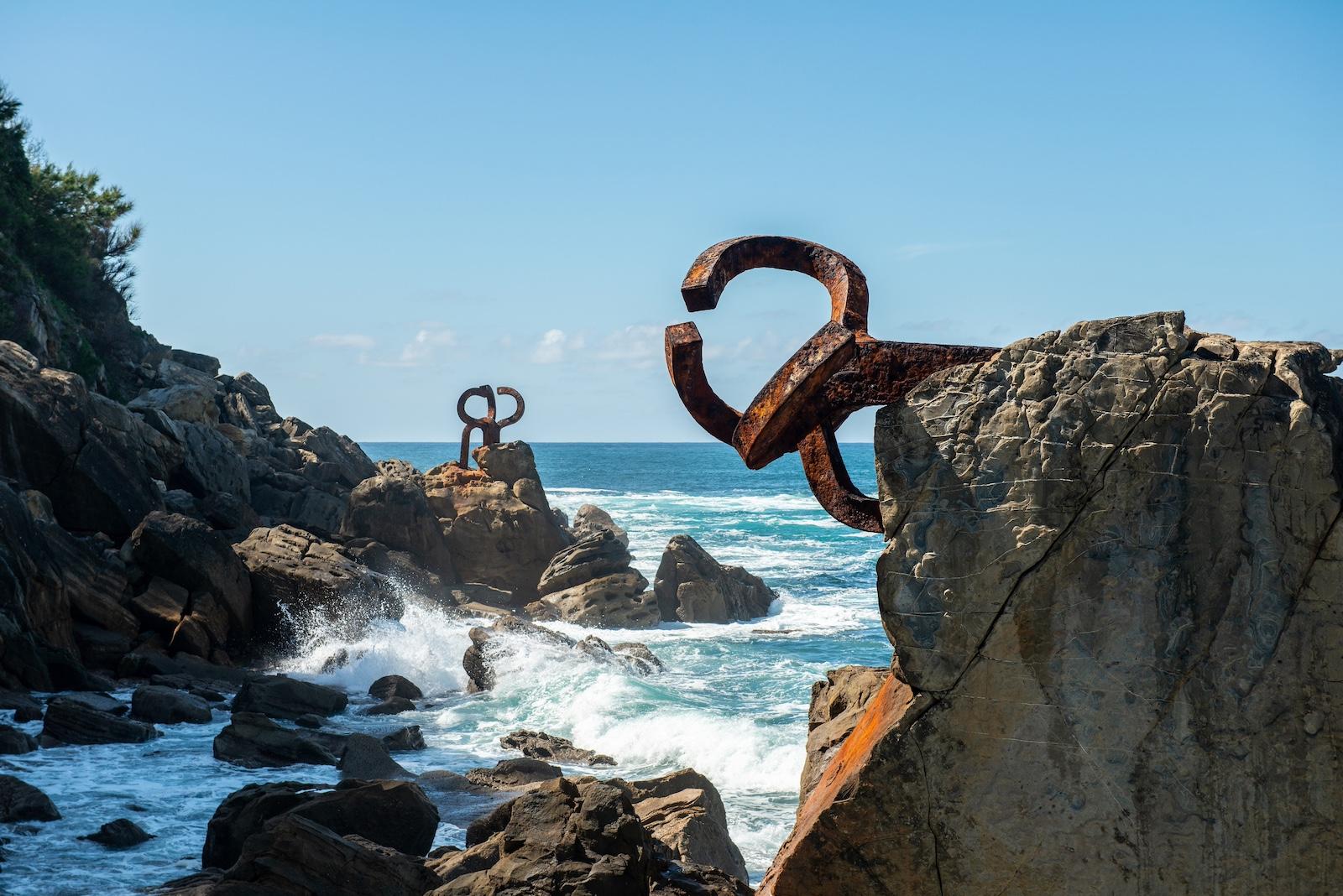
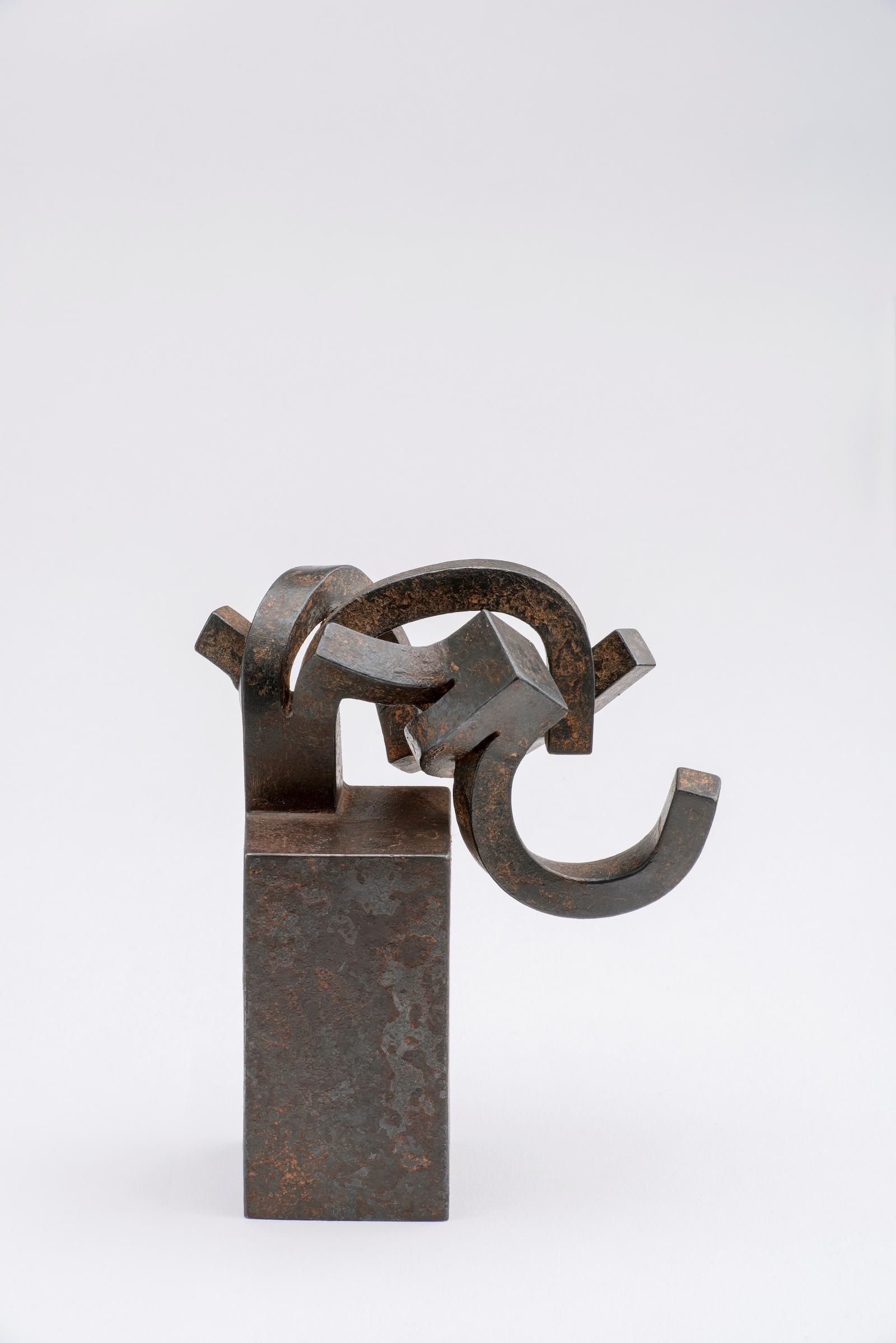
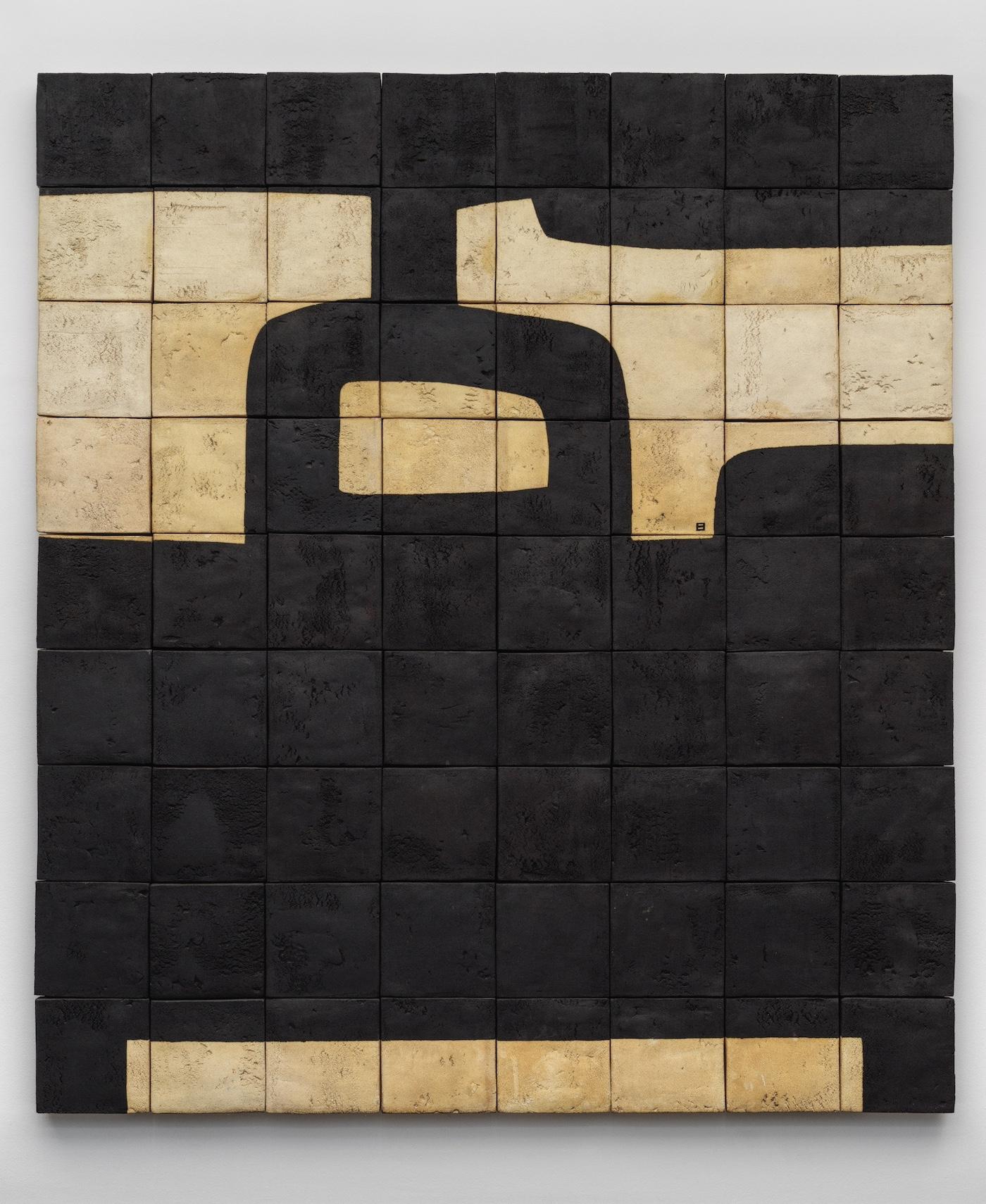
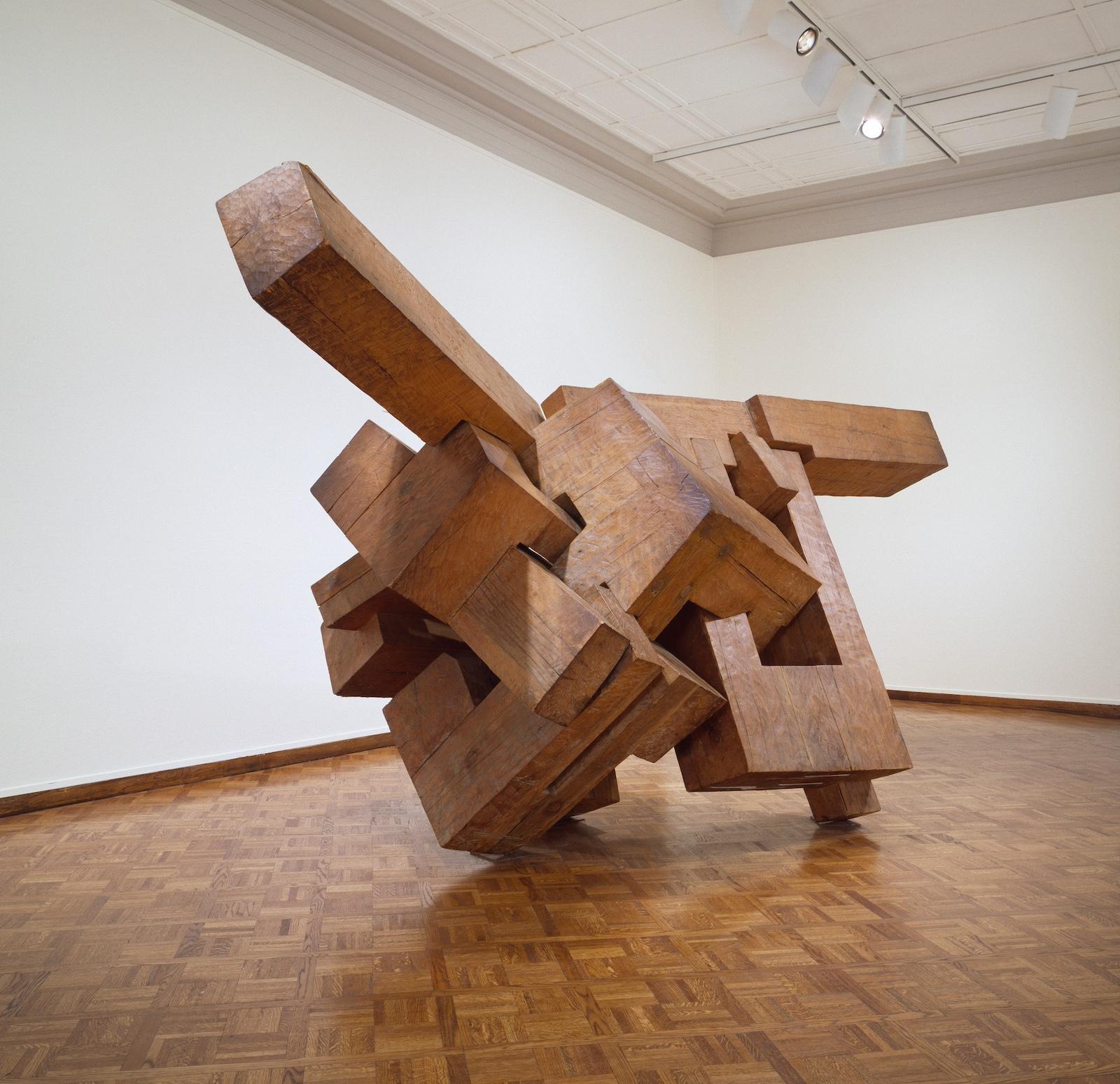
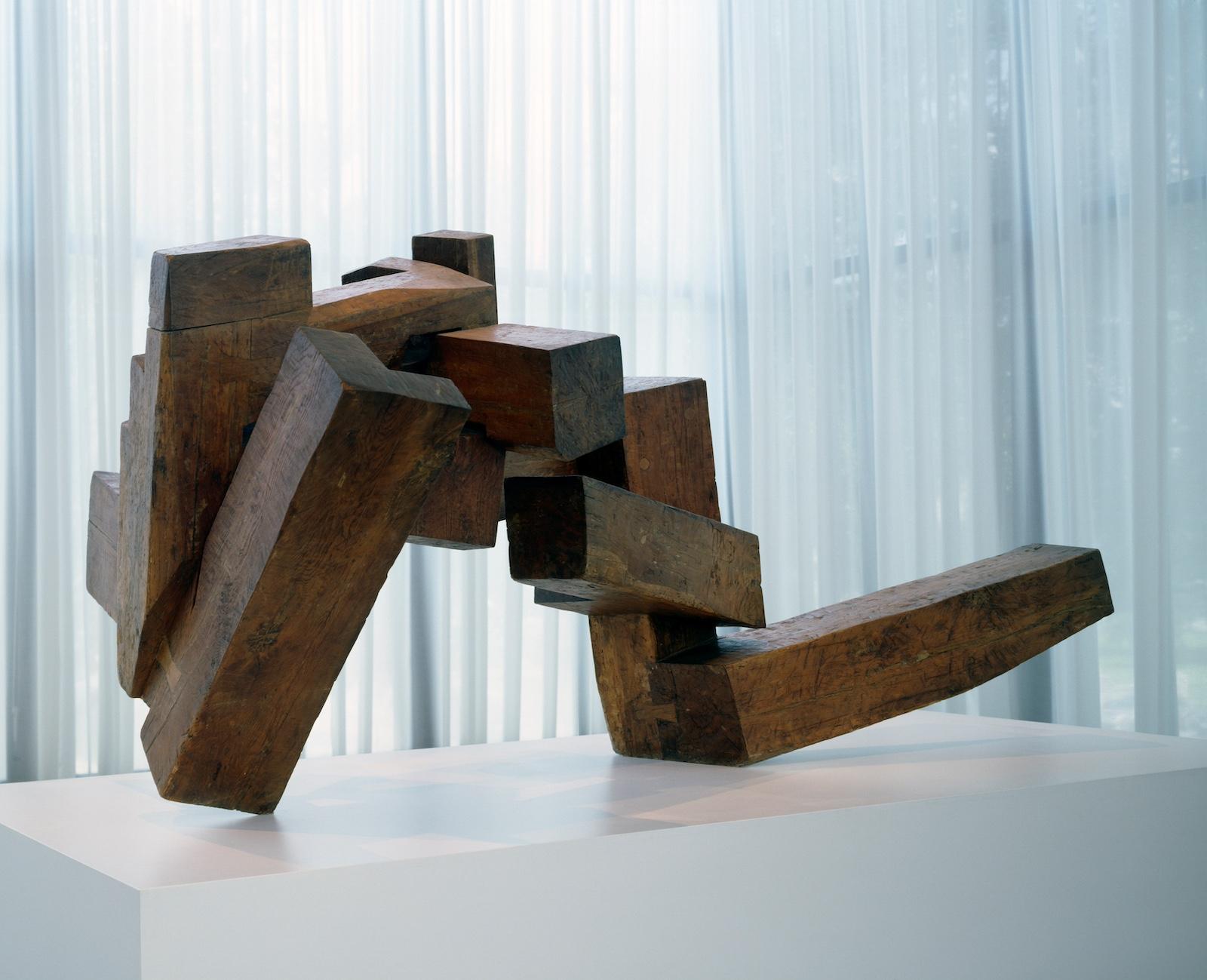
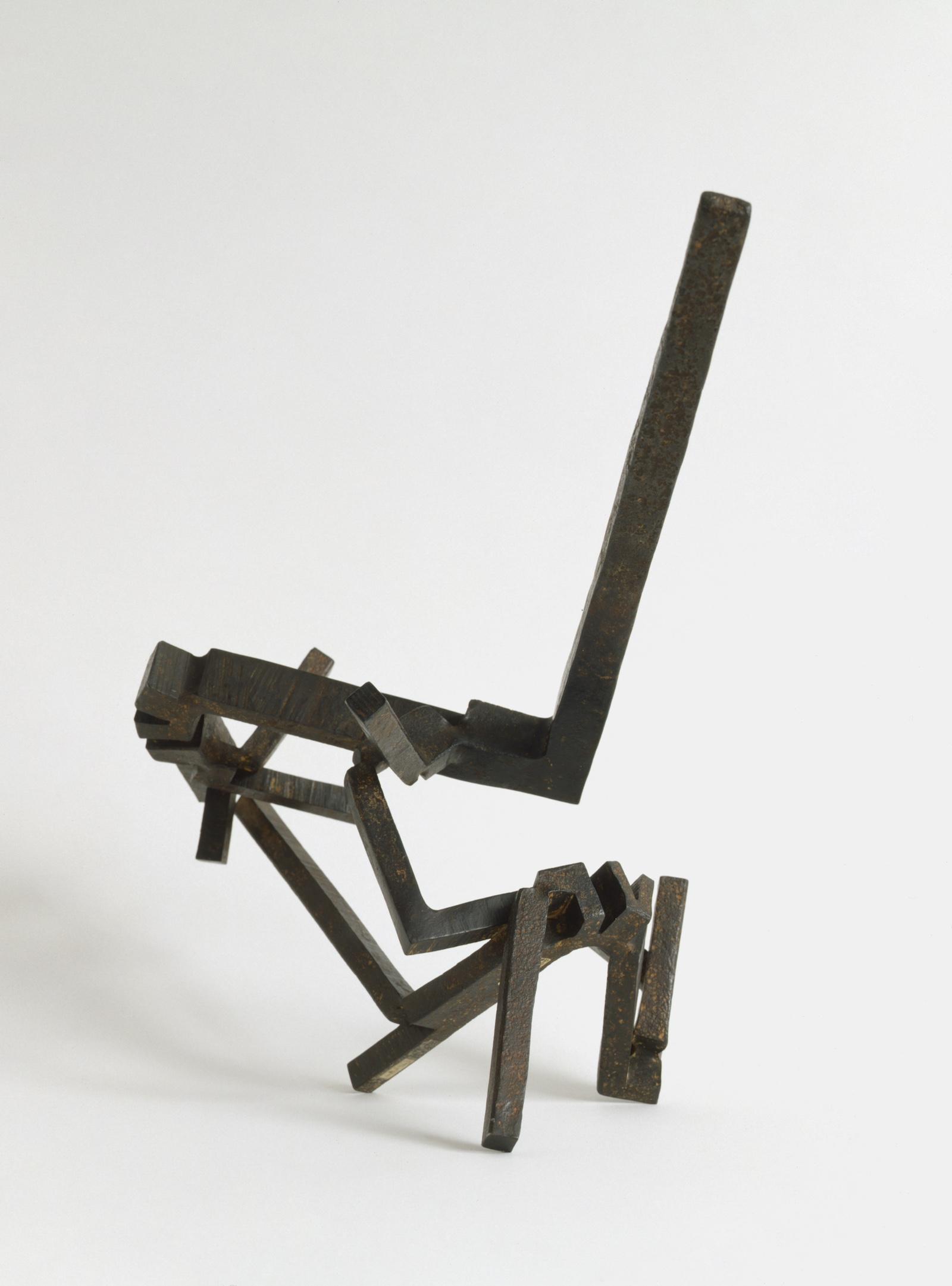
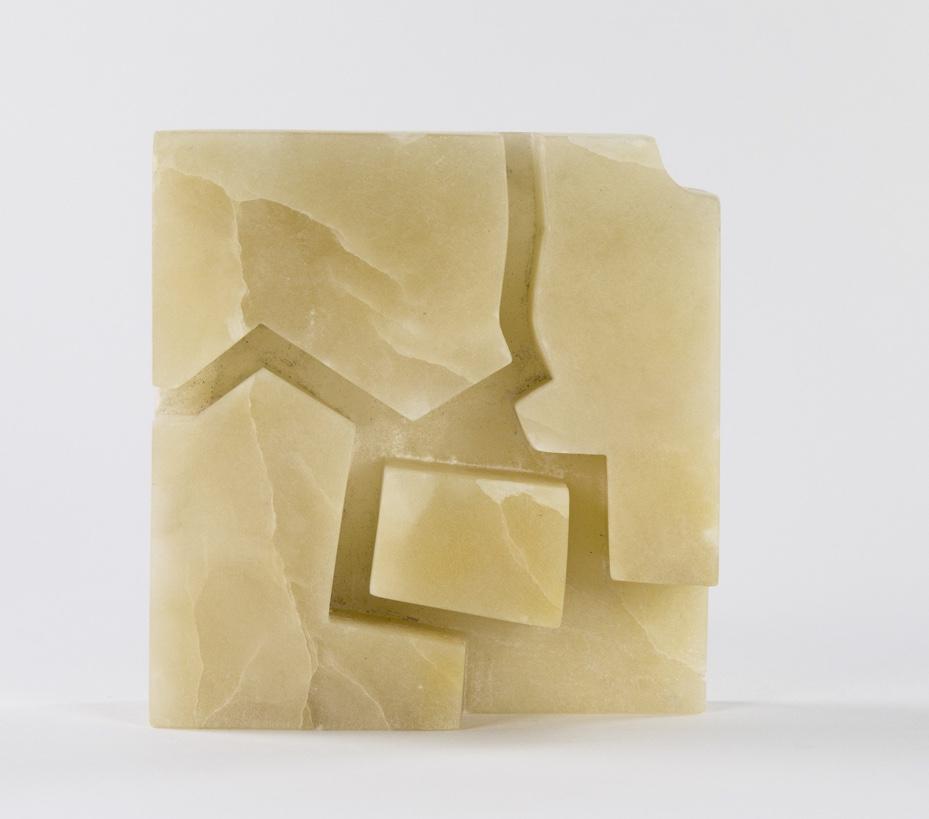

![DEl Kathryn Barton [Australian b. 1972] the more than human love , 2025 Acrylic on French linen 78 3/4 x 137 3/4 inches 200 x 350 cm Framed dimensions: 79 7/8 x 139 inches 203 x 353 cm](/sites/default/files/styles/image_5_column/public/ab15211bartonthe-more-human-lovelg.jpg?itok=wW_Qrve3)

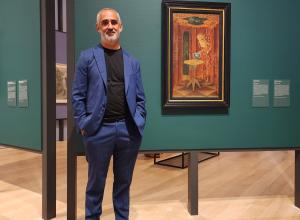


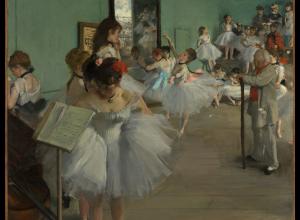
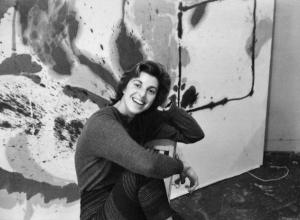
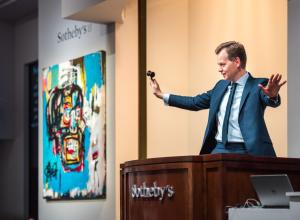
![DEl Kathryn Barton [Australian b. 1972] the more than human love , 2025 Acrylic on French linen 78 3/4 x 137 3/4 inches 200 x 350 cm Framed dimensions: 79 7/8 x 139 inches 203 x 353 cm](https://www.artandobject.com/sites/default/files/styles/image_5_column/public/ab15211bartonthe-more-human-lovelg.jpg?itok=wW_Qrve3)

